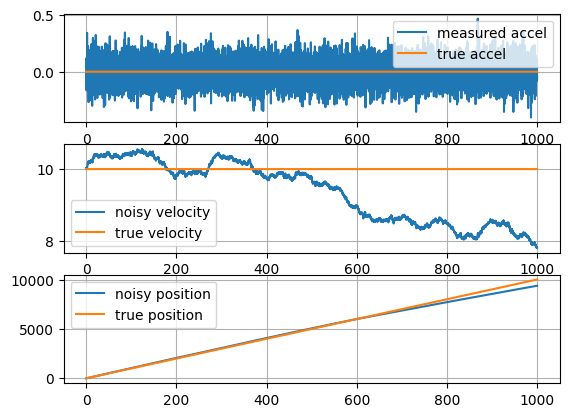
Introduction
ION MagNav Workshop 2023, Monterey, CA
The views expressed in this article are those of the author and do not necessarily reflect the official policy or position of the United States Government, Department of Defense, United States Air Force or Air University.
Distribution A: Authorized for public release. Distribution is unlimited. Case No. 2023-0427.
Workshop introduction and agenda
- Introduction
- Background
- Magnetic maps
- Magnetic measurements and sensors
- Tutorial
- Lunch
- Compensation and calibration
- Navigation algorithms
- Wrap-up
- discussion
- Social
Agenda
https://rpubs.com/friendly/test-newcommands https://quarto.org/docs/authoring/markdown-basics.html#equations
https://stackoverflow.com/questions/41362012/how-to-insert-font-awesome-icons-in-mathjax
Font-Awesome will only work for html type output
$$$$
Background and Problem description
- Magnetic anomaly navigation (MagNav) overview
Magnetic Anomaly Navigation Overview
https://rpubs.com/friendly/test-newcommands https://quarto.org/docs/authoring/markdown-basics.html#equations
https://stackoverflow.com/questions/41362012/how-to-insert-font-awesome-icons-in-mathjax
Font-Awesome will only work for html type output
$$$$
Refrigerator magnet 
Earth’s core field (compass) 
Crustal magnetic anomaly 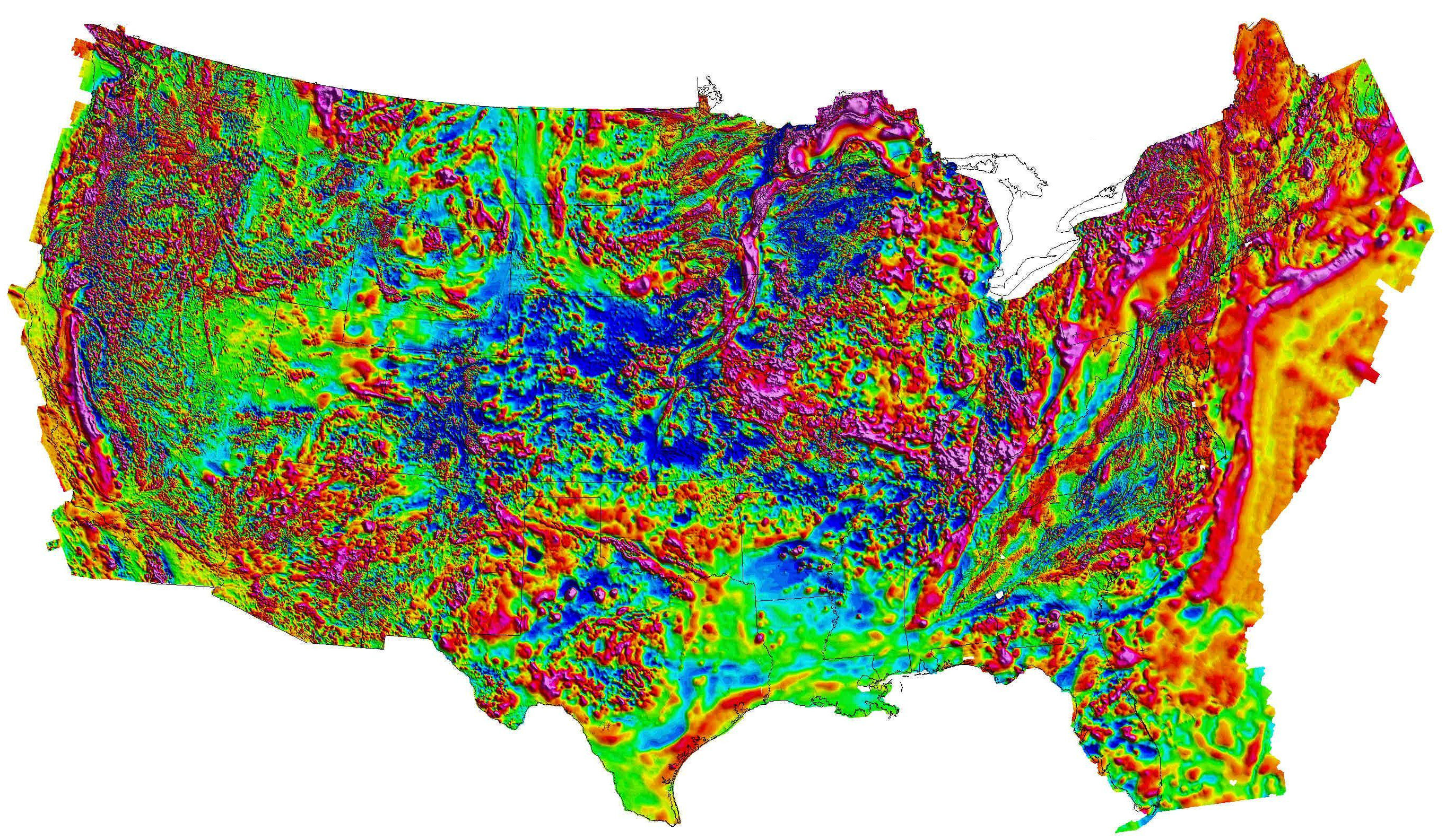
1 000 000 nT
Range \(\pm\) 500 nT
Resolution \(\sim\) 1 nT https://mrdata.usgs.gov/magnetic/ (Bankey et al. 2002)
Requirements for MagNav
- Maps
- Sensors
- Platform Calibration
- Navigation Algorithms
Maps
Map-based navigation
- Features are required to navigate
- Magnetic anomaly closely tied to geology
- less variation in coastal region
- direction variation in Central Valley
- more structure in Sierra Nevada mountains
- Area and direction of travel make a difference
(Roberts and Jachens 2000)
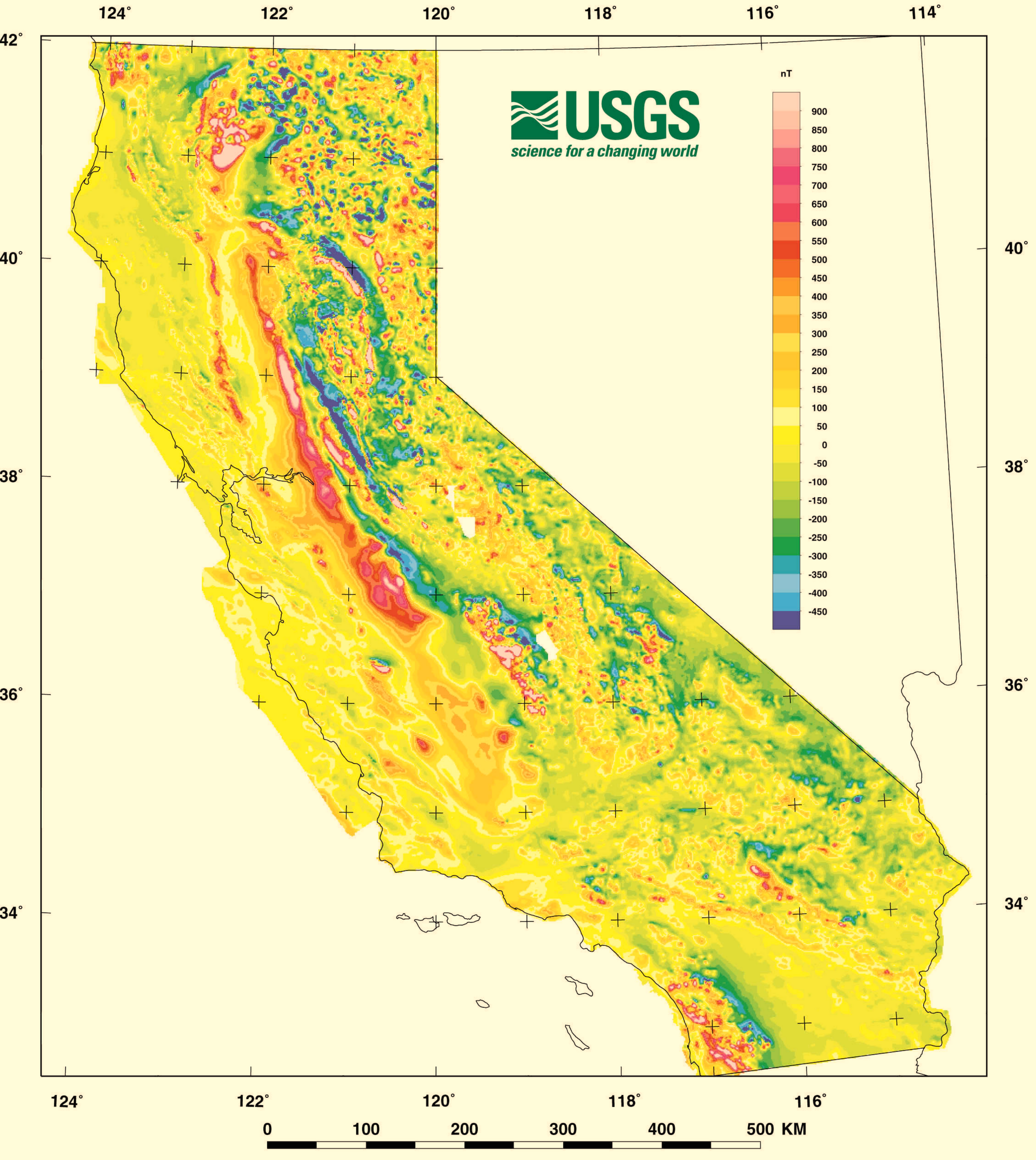
Map coverage required - Earth Magnetic Anomaly Grid 2-arcsec v3
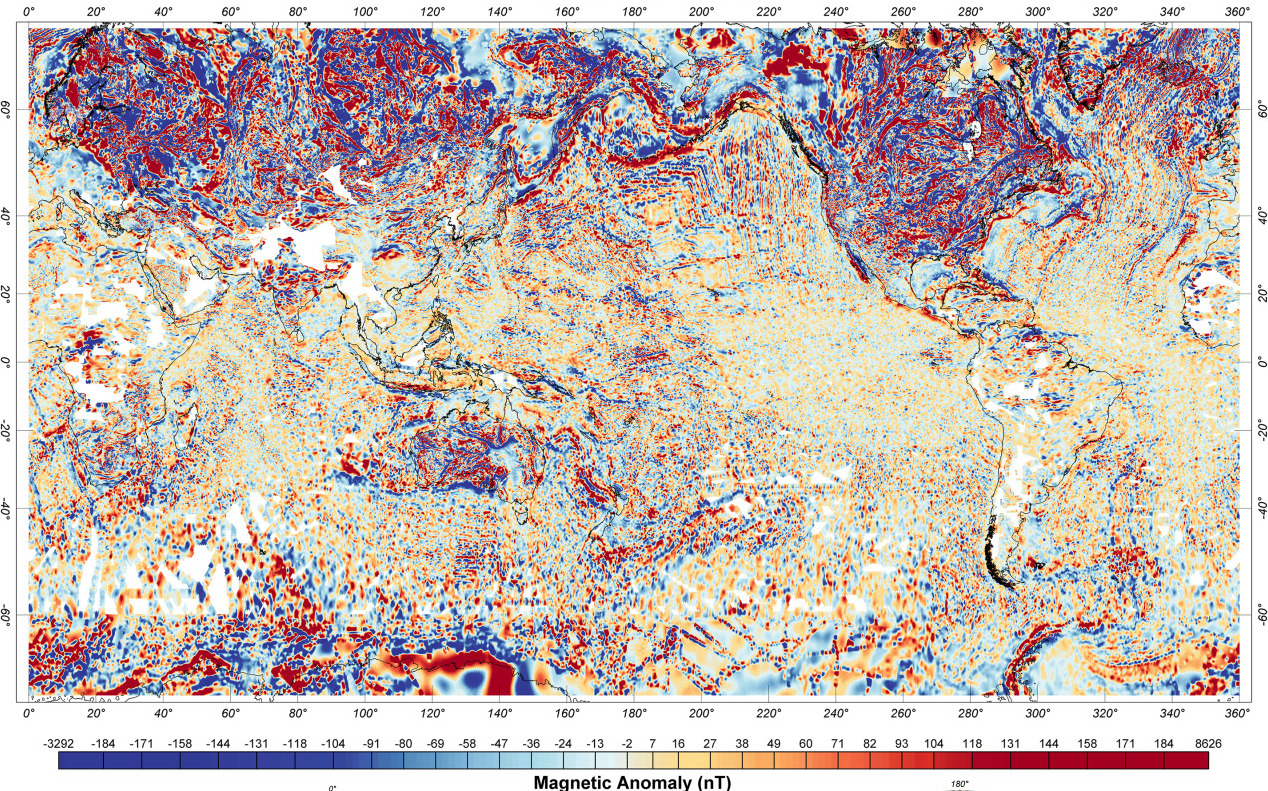
Sensors
Sensors
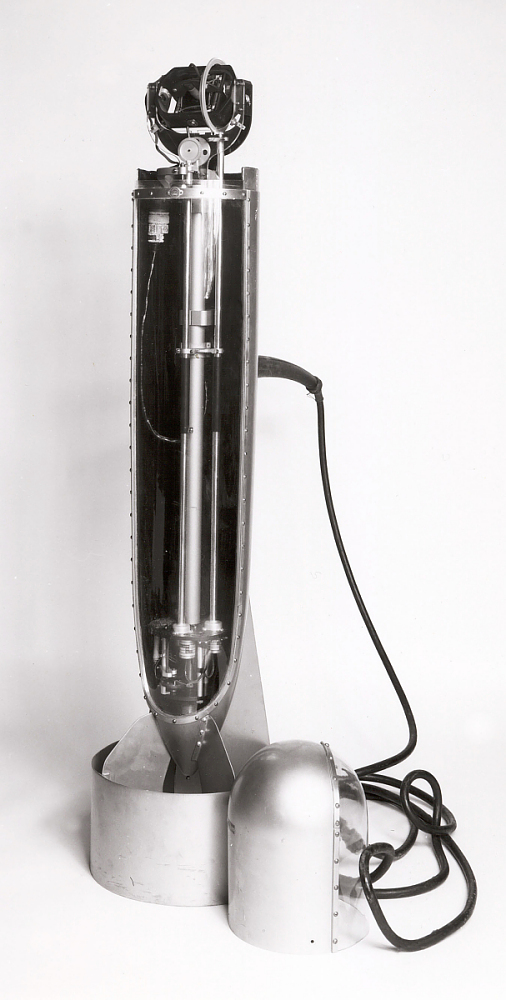
Vaquier towed magnetometer, National Museum of American History (Smithsonian Institution, n.d.) Ca. 1946
Platform calibration
An airplane is a big magnet that flies
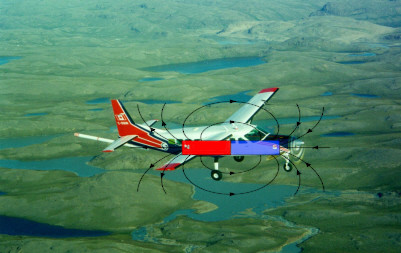
\(|\vec{B}_\text{sensor}| = |\vec{B}_{\oplus}+ \vec{B}_\text{anomaly}+ \vec{B}_\class{fa fa-plane}{}|\)
Aircraft Calibration
Sensor placement and installation
- Engineered location
- Stinger
- Survey for placement
- Non-magnetic fasteners
Degaussing
Algorithms
Navigation algorithms
Navigation algorithms
Inertial navigation aiding
Map-matching
- Kalman filter
- contour matching/Correlation processing
Inertial Navigation
- Inertial Measurement Unit (IMU)
- measures accelerations \(\vec{f}\)
- measures rotation rates \(\dot{\vec{\theta}}\)
- To get position from accleration, you have to integrate twice
- continuously adds noise to your position estimate
- Drifting position estimate needs to be corrected
- MagNav!
Map matching
- Sequential measurement Kalman filtering
- Contour matching/Correlation processing
References
Return

ION MagNav Workshop 2023

